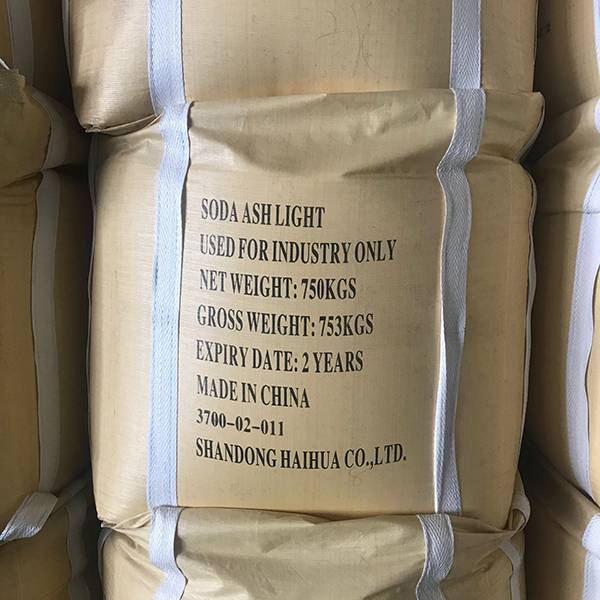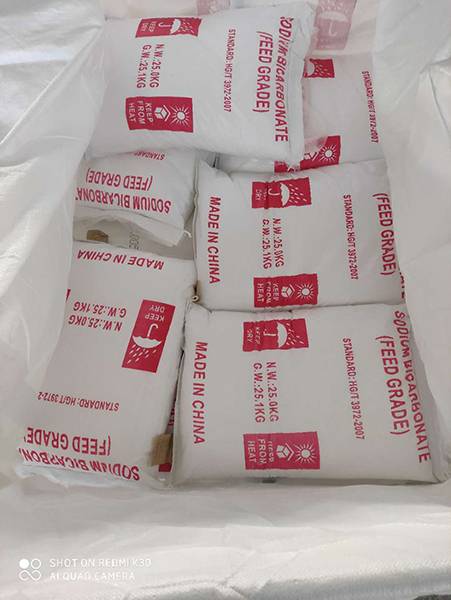Cation and anion resins remove dissolved ionic contaminants.
Ion exchange (IX) resin technology has been used extensively as a practical and effective form of water treatment for many years. IX is often used with water softening, which is its most common application. However, IX resins have many other applications. Water contamination is an important issue globally, and new drinking water quality regulations have been introduced for contaminants such as disinfectant byproducts, arsenic, nitrate, perchlorate and uranium. Specialized IX resins address these challenges. Calcium Bromide Anhydrous

The IX process removes soluble ionized contaminants such as hardness and alkalinity from water via a reversible ionic interchange between a solid phase (resin beads) and liquid phase (water). IX resins’ two main categories are cation and anion. Cation IX resins include strong/weak cation, (H+ and Na+). Anion IX resins include a strong/weak anion, such as OH- and Cl-. Acting together or alone, these types remove many ionic contaminants from water. Neither type removes non-ionic contaminants such as benzene.
Positively charged cation resins remove positively charged ionic water contaminants. Included in this category of resins are strong acid/strong cation (SAC) and weak acid/weak cation (WAC) resins.
SAC resin is effective for water softening, which removes hardness ions. It has been used in residential, commercial and industrial applications for more than 100 years. Like tiny magnets, SAC resin beads remove scale-forming calcium (Ca2+) and magnesium (Mg2+) ions by exchanging them for sodium ions. Hardness levels are reduced and sodium levels are increased.
All resin has a finite exchange capacity. Individual exchange sites on the resin beads will eventually become full and incapable of exchanging further hardness, so the resin must be recharged. Since SAC resin beads have a higher affinity for calcium/magnesium ions than sodium ions, a concentrated solution of sodium chloride brine (typically 8 to 12 percent) is used to force accumulated hardness ions off the resin beads.
Weak acid cation (WAC) resin can remove hardness and alkalinity simultaneously. It also provides some degree of total dissolved solids (TDS) removal. Generally, WAC resin removes about 80 percent of the temporary hardness (hardness associated with dissolved bicarbonate minerals). TDS are reduced by about 17.1 parts per million (ppm) for each grain of hardness removed. Since WAC resin exchanges hardness and alkalinity ions for hydrogen ions, the treated water will be acidic (or lower pH). The degree to which TDS are reduced and pH lowered largely depends on the incoming hardness levels.
Barium and radium, two divalent cations, are regulated by the U.S. Environmental Protection Agency (EPA) for National Primary Drinking Water Standards and can be removed by standard SAC resin. However, when regenerating the resin, efficiency is reduced because of the slow diffusion of their larger atomic mass deep into the resin matrix. Special types of SAC resin with properties that enhance barium and radium reduction are commercially available and tested/certified by the National Science Foundation (NSF).
Negatively charged anion resins remove negatively charged ionic contaminants in water. Included in this category of resins are strong base/strong anion (SBA) and weak base/weak anion (WBA) resins. These anion resins can be used to remove the contaminants described in this section.
SBA resin can remove nitrate (NO3-). If the ratio of sulfate to NO3– concentration in the water is high, the resin must be regenerated early to avoid the sulfate anion acting as a regenerant and discharging NO3-. In situations with elevated sulfate concentrations, a selective SBA resin can be used as well.
SBA resins exist that selectively remove perchlorate (ClO4-). These resins can be single-use and/or regenerable.
In water, arsenic is related to arsenate, As(V) and arsenite, As(III). Only negatively charged arsenate (HAsO42-) anions can be removed using SBA resins. Arsenite (H3AsO3) is normally neutral in aqueous solution. Therefore, pre-oxidation is needed to convert As(III) to As(V) anion. Once this oxidation is complete, the residual must be removed before contacting the SBA resin.
Total organic carbon (TOC) or naturally occurring organic matter can be oxidized by secondary chlorine disinfection and create DBPs, such as THMs and HAAs. These DBPs are suspect carcinogens and regulated by the EPA in drinking water. Municipal treatment plants sometimes remove TOC to limit the formation of DBPs. TOC is typically negatively charged and removed using SBA resin.
SBA resin can be used to remove uranium, which typically exists as anionic uranyl carbonate/sulfate complexes.
SAC and SBA resins employed in combination either individually or mixed together can be used to reduce minerals and TDS in water. Minerals in the water are exchanged with hydrogen cations (H+) and hydroxide anions (OH–) from the resin beads to form highly purified water (H2O).
SBA resin is used to ionically bind halogens as an antimicrobial disinfectant and is commercially available for use in different treatment applications.
A wide array of cation and anion IX resins is available to remove many dissolved ionic contaminants from water. A common attribute of all IX resins is the ability to exchange specifically targeted ions in the water with other presumably more desirable ions that are "loaded" onto the resin beads during the regeneration process. IX resins are used more broadly for demineralization/deionization, dealkalization and disinfection.
Cang Li is director of R&D/QC and international business development at Selecto Inc. He focuses on product development and testing for drinking water filtration, separation and purification materials directed toward quality control/regulatory, manufacturing and technical customer services. He may be reached at cang@selectoinc.com.

Barium Chloride Price Steve Nicolich is vice president of business development at Selecto Inc. He develops and executes growth strategies to increase market and key account penetration in food service and the hospitality water filtration segment. He may be reached at snicolich@selectoinc.com.